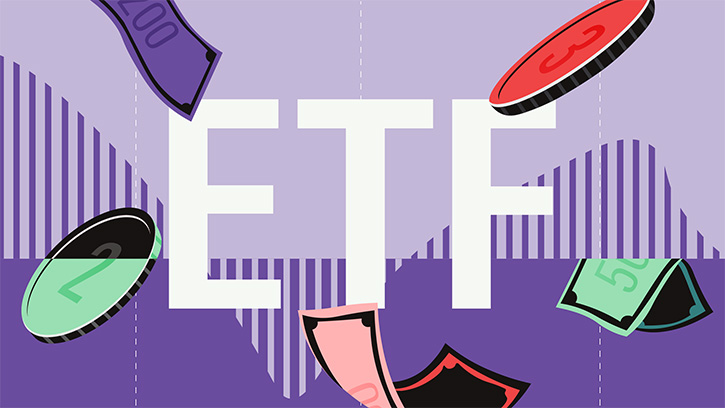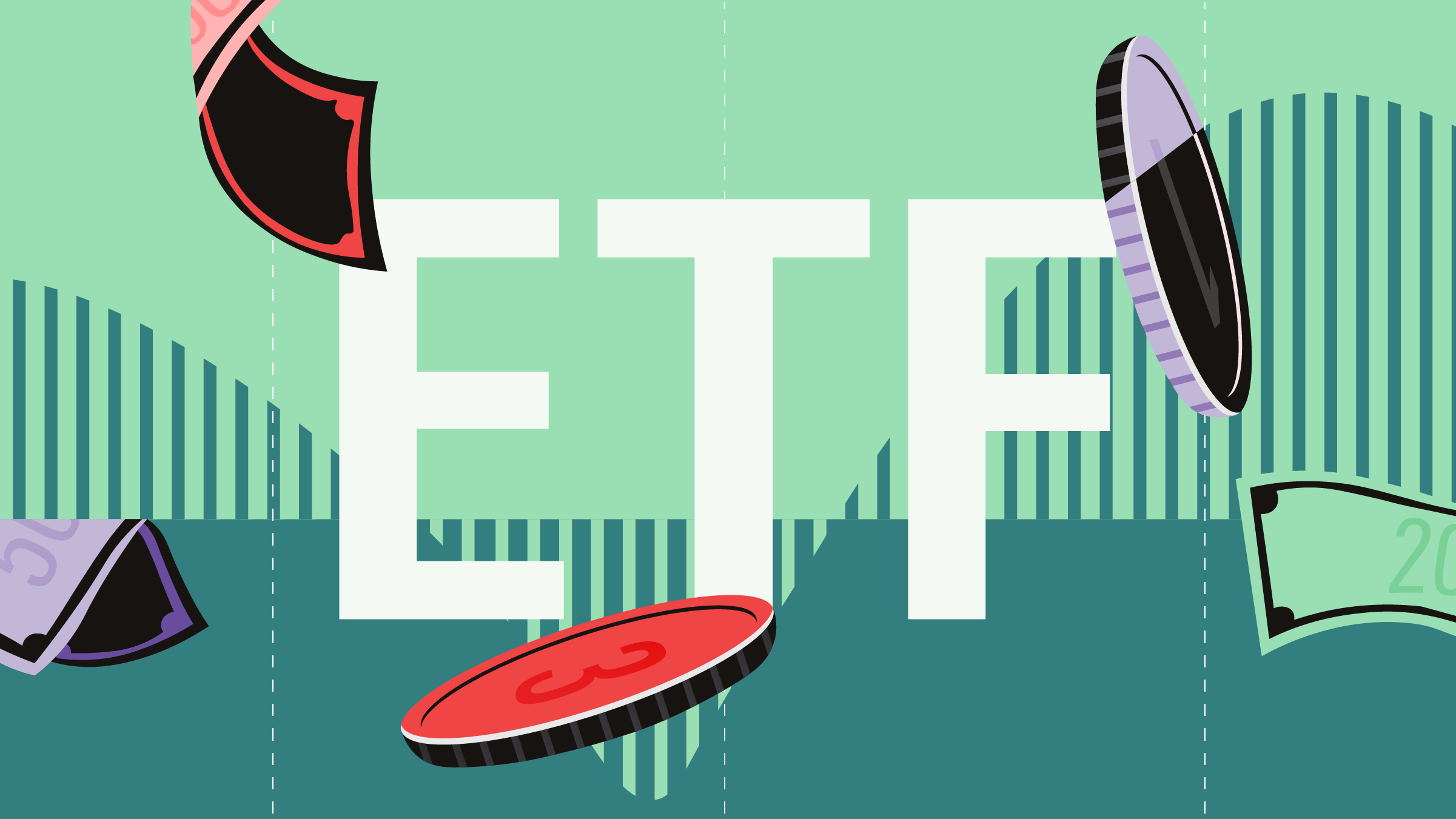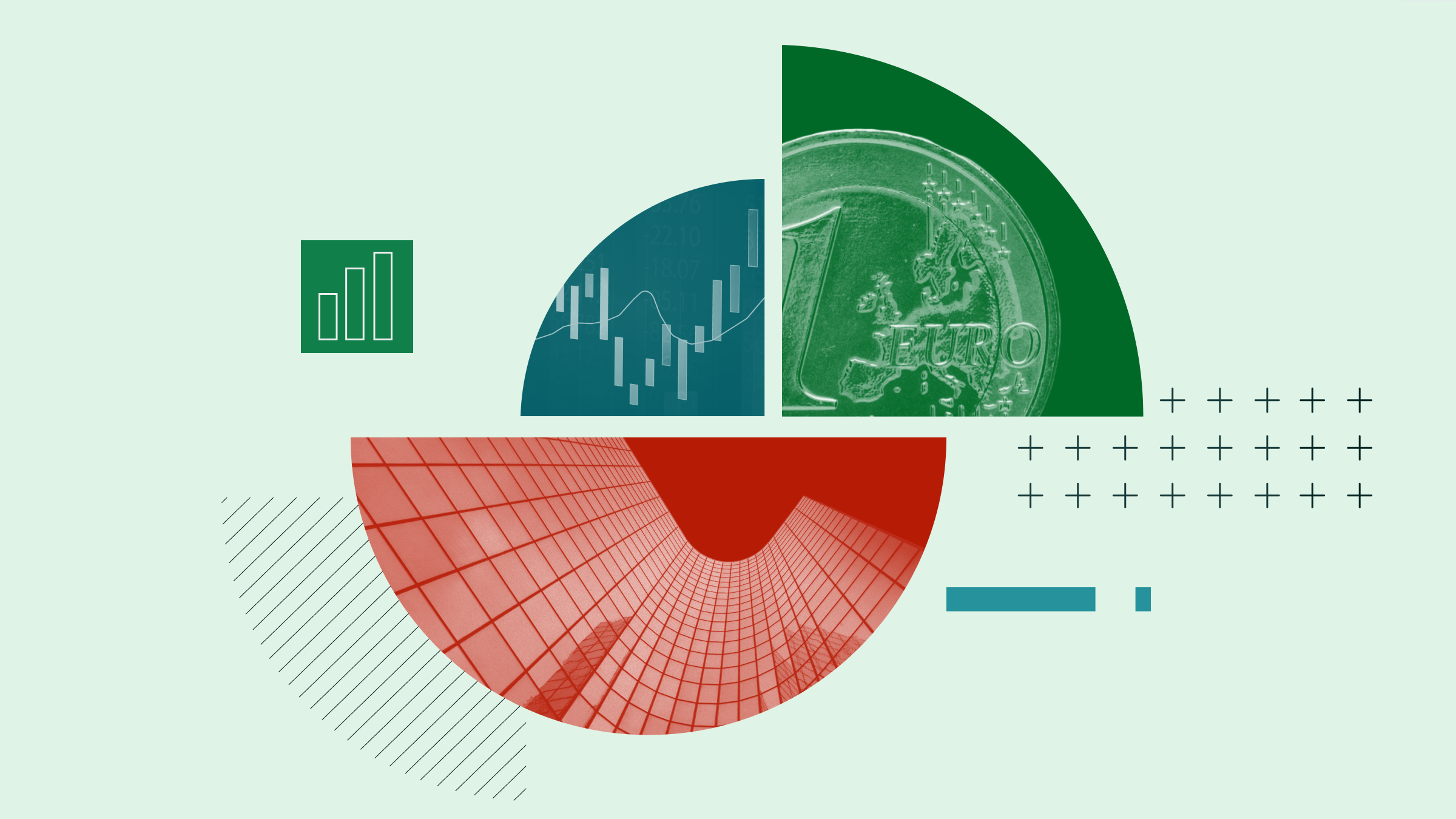"Smart beta" on yksi sijoitusalan tämän hetken iskusanoista. Tällä videolla kerrotaan, miten toimivat "viisasta betaa" hyödyntävät indeksiahastot. Ossiam-rahastoyhtiön isabelle Bourcier esittelee kaksi strategiaa: "Minimum variance" perustuu osakevalintaan, jossa vältetään volatiileimpia osakkeita. "Equal-weight"-rahastoissa osakkeita ei painoteta niiden markkinapainojen mukaan vaan kaikki osakkeet saavat saman painon. Tällaisessa rahastossa pienyhtiöiden paino on merkittävästi suurempi kuin tavallisissa indekseissä.
Haastattelijana on Alanna Petroff, Morningstarin toimittaja Britanniassa.
Alanna Petroff: If you're a smart investor, you already know all about funds, equities, ETFs and bonds, but what about smart beta ETFs? Many people are unfamiliar with these kinds of investment tools, but they could be useful for your portfolio.
Joining me now to talk about smart beta ETFs and passive investment strategies is Isabelle Bourcier from Ossiam. Isabelle, thank you very much for coming in.
Isabelle Bourcier: Thanks for having me.
Petroff: Now, you focus on smart beta, why do people come to you for this? What is it about smart beta that's so [interesting]?
Bourcier: Investors come to us because they know we are specialised in smart beta. The smart beta is a new form of investing, it's between active and passive management. They know we have strong research capabilities, and we can help them find solutions in the smart beta area. These are for hedging purposes or enhanced beta solutions.
Petroff: Okay. So, in terms of getting into the nitty-gritty of how smart beta works, let's look at the ETFs that you have for individual investors. So, you have a minimum variance or various minimum variance ETFs and you also have equal-weighting ETFs. So, let's go over these ETFs so we can understand a little bit more about how smart beta works. So, let's start with minimum variance ETFs. How does this work and how would it benefit an investor?
Bourcier: So, ETFs based on minimum variance strategy, minimum variance indices in our case are there to provide equity exposure, while minimising the risk for the investor. So, minimising the volatility, but also minimising the drawdowns of the market. They've been particularly well perceived by investors, since we launched in 2011, with the Greek debt crisis, as we were performing very well and protecting the investor on the downside.
Petroff: So, how does it work that there is just less risk in these ETFs compared to other ETFs?
Bourcier: The portfolio is built around the least volatile stocks, so we pick up the stocks, which have a low volatility and a low correlation level, and we exclude all the stocks with high volatility, so that the investor remains exposed to equity, but with less risk over the long-term performance.
Petroff: And how would equal-weighting work? Let's go over this one.
Bourcier: So, equal-weight is a bit difference. It's probably more intuitive. As in the name of the index, we explained that all the weights in the portfolio are going to be equal. So, let’s take the example of the STOXX Europe 600, the standard index has a strong mega cap proportion, like this 300 stocks of the STOXX Europe 600 will represent 90% of the market rate of the index.
Petroff: So, then the bottom 300 get barely anything?
Bourcier: Well, less than 10%.
Petroff: 10%, all right.
Bourcier: On an equal-weight process, all the stocks have exactly the same weight, whether you're large-cap or you’re small- or mid-cap, you will have the same weight in the index because you're increasing the mid-cap/small-cap weight in the index and providing a portfolio much more diversified, much more reactive, I would say, to bull market, for example.
Petroff: And let's just go over briefly, which ETF is your most popular right now?
Bourcier: Right now, where we've collected the most assets is with US minimum variance product. We launched back in the summer 2011 at a time where risk aversion was very high, with a lot of people not investing into euro anymore, and also a lot of people afraid of market downside and erratic movement in the market. So, the US minimum variance has been very attractive. Just to give you an example, since we launched, the performance of this ETF is +4% compared to the S&P 500.
Petroff: Okay. Now, if you get really popular with these new ETFs that you have – with the smart beta ETFs, it's highly likely that your competitors will come in and make their own smart beta ETFs that are very similar. How are you going to fend off competitors? How are you going to keep investors with you?
Bourcier: Well, investors have to trust us, that we will keep specialised in smart beta and that we have the strong capabilities to remain focused on the smart beta strategies. We are providing a lot of education on this smart beta solution that we are offering, and we will keep strong in this area.
I am coming from the ETF market, I have been in this market for more than 10 years now, I am tempted to say that it's a market where there is a lot of ‘me too’ product, a lot of copy-and-paste in terms of offering. We were first to enter this market. We have this, I would say, competitive advantage of being first, but not only being first, but having the appropriate research capabilities to help investors decide which smart beta solution is the best for them.
Petroff: Okay. Thank you very much for coming in today.
Bourcier: Thank you.
Petroff: That was Isabelle Bourcier from Ossiam and I am Alanna Petroff. Thank you for watching Morningstar.





















